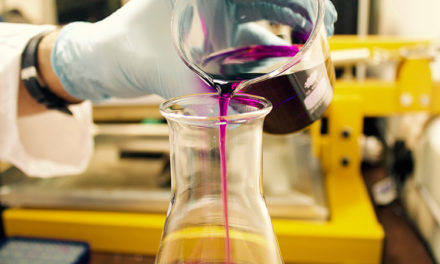– By Michael Hemenway
For a traditional medical device company contemplating a decision to develop a combination drug-device product, the question of whether or not to pursue this type of product should be weighed carefully. While there might be a benefit to the patient from such a product, the benefit should be compelling and perhaps more importantly from a business perspective, the profit uplift from having a drug associated with the product should be large enough to more than offset the pre-clinical development and post-market costs associated with the pharmaceutical aspects of the product. Developing and supporting a combination product brings more costs than the typical medical device company is prepared to bear or has even thought about, especially a smaller device firm. A cursory “laundry list” of considerations that come into play include the following: drug-drug interaction study, drug-polymer interaction study, drug-packaging interaction study, biocompatibility studies, bioavailability, pharmacokinetics and pharmacodynamics studies, analytical method development and validation, drug product specifications development, initial pharmaceutical shelf life (stability) study, clinical evaluation, annual stability commitment, routine lot testing and retain samples storage. Such a list does not even consider other items a regulatory agency might request after reviewing the PMA or 510(k) submission documents. Welcome to the bold world of bringing a combination drug-device product to the marketplace!




